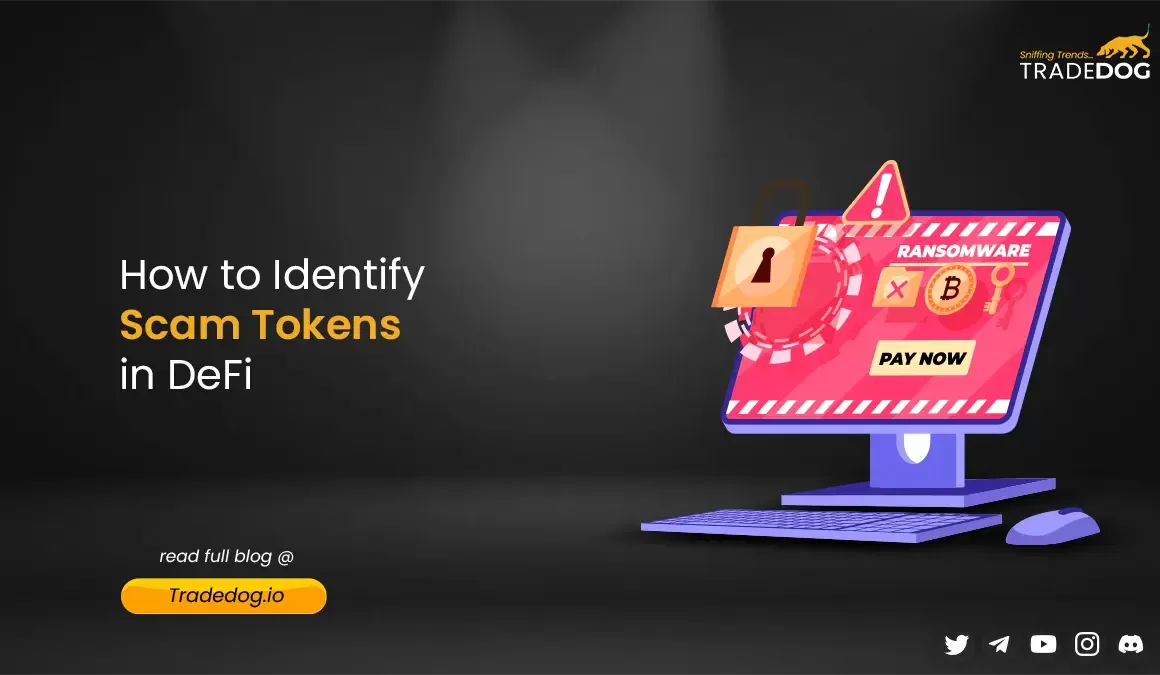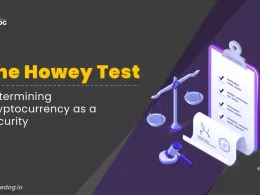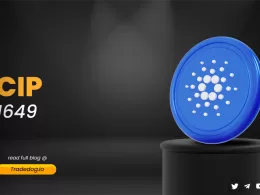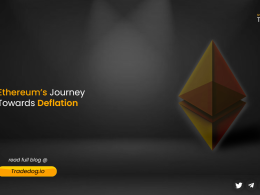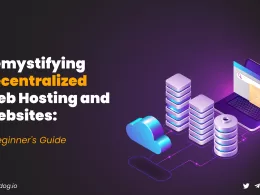Quick Links
Investing in decentralized finance (DeFi) presents exciting opportunities within the rapidly evolving landscape of blockchain technology. However, it’s essential to navigate this dynamic market cautiously, as it comes with inherent risks. DeFi investments can expose individuals to potential scams, rug pulls, smart contract vulnerabilities, and market volatility.
According to a report by Chainalysis, crypto scams remain the largest form of cryptocurrency-based crime. The revenue generated from crypto scams in 2022 was approximately about $6 billion. However, as compared to the previous year (2021), the total revenue from crypto scams dropped overall, but we still saw several highly successful scams, the top being Hyperverse, which pulled in nearly $1.3 billion in revenue.
In this guide, we’ll delve into strategies for identifying scam tokens, equipping you with the knowledge to make informed decisions and safeguard your investments.
Understanding the Risks Associated with DeFi Investments
DeFi investments come with a range of risks due to the complex and nascent nature of the decentralized finance ecosystem. Here are the different types of risks associated with DeFi investments:
Scam Projects
DeFi has seen a surge in fraudulent projects that promise high returns but are designed to steal funds. These scams often involve fake teams, unrealistic promises, and elaborate marketing tactics to attract unsuspecting investors.
Example of Scam Project in DeFi
In February, Russian Founders of Forsage, a DeFi platform were indicted in a $340 million crypto scam. Market as a decentralized matrix project using network marketing and smart contracts, Forsage operated like a deceitful Ponzi and pyramid scheme, tricking people worldwide. If proven true, the individuals involved are accused of planning to commit wire fraud, which could result in a maximum 20-year jail term.
Rug Pulls
A rug pull occurs when the developers of a DeFi project abruptly drain the liquidity or funds from the project, leaving investors with worthless tokens. This can happen due to vulnerabilities in smart contracts or malicious intent.
Example of Rug Pull in DeFi
Magnate Finance, a DeFi lending platform situated on the Ethereum layer-2 network Base, was allegedly involved in a rug pull, resulting in the loss of assets valued at $6.4 million for its users. This occurrence marked the most recent unsettling episode within a single month of the official mainnet launch of the Base network.
Hacks & Exploits
DeFi platforms, even well-audited ones, are not immune to hacks. Breaches can result in the loss of user funds and erode trust in the platform’s security measures.
Example of Hack & Exploit in DeFi
One of the significant DeFi breaches was the Elrond hack, which led to an approximate loss of $113 million. Exploiting a weakness in Maiar, a decentralized exchange, the attackers managed to take control of 1.65 million EGLD tokens, the native currency of the Elrond blockchain. They skillfully utilized a smart contract and three wallets to make off with the tokens from the decentralized exchange.
In addition, the assailants promptly disposed of nearly 800,000 EGLD tokens, amounting to $54 million, on Maiar. Furthermore, the remaining tokens were liquidated on centralized exchanges, with some being exchanged for ETH.
How to Avoid Scam Tokens in DeFi?
To steer clear of potential scams in Decentralized Finance (DeFi), diligent research is key. By scrutinizing project details, assessing the team’s credibility, and staying informed about industry trends, you can empower yourself to identify and avoid scam tokens in the DeFi landscape.
Researching Projects and Teams
A comprehensive investigation entails two crucial facets: the project itself and the team behind it. Scrutinizing the project involves assessing its whitepaper, technological infrastructure, and real-world utility. A genuine DeFi project will offer a transparent and feasible roadmap, outlining its objectives and innovations. Equally crucial is evaluating the team’s credibility and expertise. A reputable team should have a track record in the blockchain space, showcasing their proficiency in executing similar projects.
To identify potential scam tokens, red flags include unrealistic promises, lack of clear documentation, and anonymous or unverifiable team members. Staying vigilant, performing due diligence, and seeking out community feedback are fundamental steps in navigating the DeFi landscape and avoiding fraudulent schemes.
Analyzing Tokenomics and Technology
A prudent approach also involves a dual focus on tokenomics and technology. Scrutinizing tokenomics entails a thorough evaluation of a project’s distribution model, utility, and long-term sustainability. Be wary of projects with disproportionate allocations, unrealistic rewards, or vague utility.
Simultaneously, delve into the underlying technology that powers the project. A genuine DeFi endeavour will provide comprehensive technical documentation, showcasing innovation and feasibility. In the pursuit of identifying potential scam tokens, discrepancies between promised functionality and actual technical capabilities can be revealed. By diligently analyzing both tokenomics and technology, investors can mitigate risks and make informed decisions in the DeFi realm.
Utilizing Community and Social Media
Leveraging a crypto project’s community and social media presence is a pivotal step in discerning legitimacy while navigating DeFi investments. Genuine projects foster active and engaged communities, where open discussions and updates are commonplace. Vigilance is essential, as scam tokens often lack an authentic following or engagement.
Evaluate the project’s social media channels for consistent communication and responsiveness to queries. Beware of excessively hyped projects with little substance. Scrutinizing community sentiment and cross-referencing information across platforms can reveal discrepancies that might indicate a scam.
Seeking Third-Party Verification
When navigating the intricate landscape of DeFi investments, seeking third-party validation for a crypto project is a prudent step in avoiding potential scams. Reputable projects often undergo thorough audits and assessments conducted by trusted third-party firms specializing in blockchain security and due diligence. These validations provide an independent evaluation of the project’s code, security measures, and overall legitimacy.
Conversely, scam tokens tend to lack such verifiable endorsements. Investors should be cautious of projects that resist or evade audits, as well as those with dubious affiliations. Relying on credible third-party validations can provide a valuable layer of assurance and help in distinguishing genuine opportunities from potential scams in the dynamic realm of DeFi.
Using DeFi Analytics and Tracking Tools
Employing DeFi tools and analytics is a crucial strategy to identify and avoid scam tokens. Robust analytical platforms provide insights into a project’s on-chain activities, liquidity pool dynamics, token distribution, and historical performance. Utilizing these tools enables investors to detect anomalies, such as unusual trading patterns or suspicious token movements, which might signal a potential scam. Genuine projects often exhibit transparent and consistent data patterns, whereas scams tend to exhibit erratic behaviours.
Conclusion: Staying Safe in the DeFi Landscape
By harnessing DeFi tools and analytics, investors can make data-driven decisions, enhancing their ability to navigate the DeFi space while minimizing exposure to fraudulent tokens. In conclusion, while DeFi offers immense potential, it also requires careful discernment. The risks posed by scam tokens necessitate a multifaceted approach that encompasses thorough research, technological scrutiny, community engagement, and third-party verification.
As the DeFi landscape continues to evolve, staying informed and employing these strategies will empower investors to make informed choices and protect their investments from potential scams. Remember, due diligence and vigilance are your best allies in this dynamic and promising but also complex and risk-prone domain.





